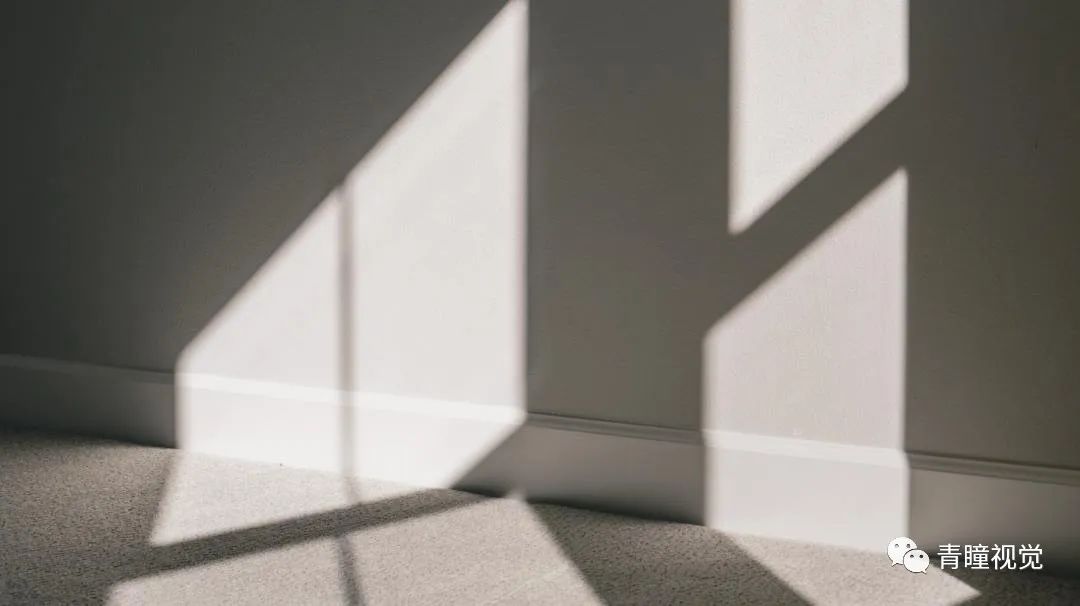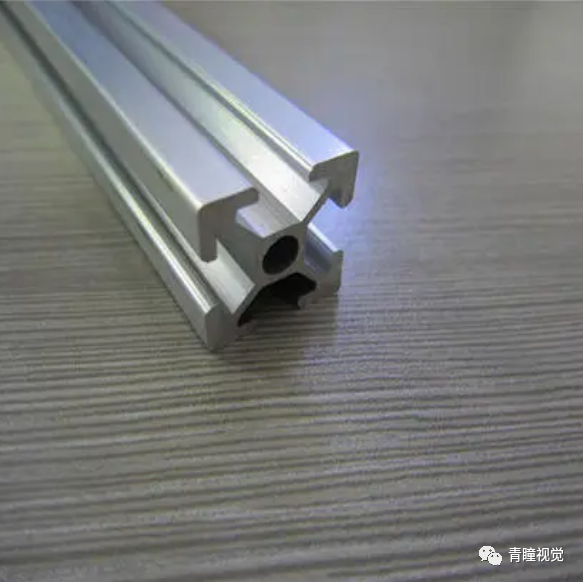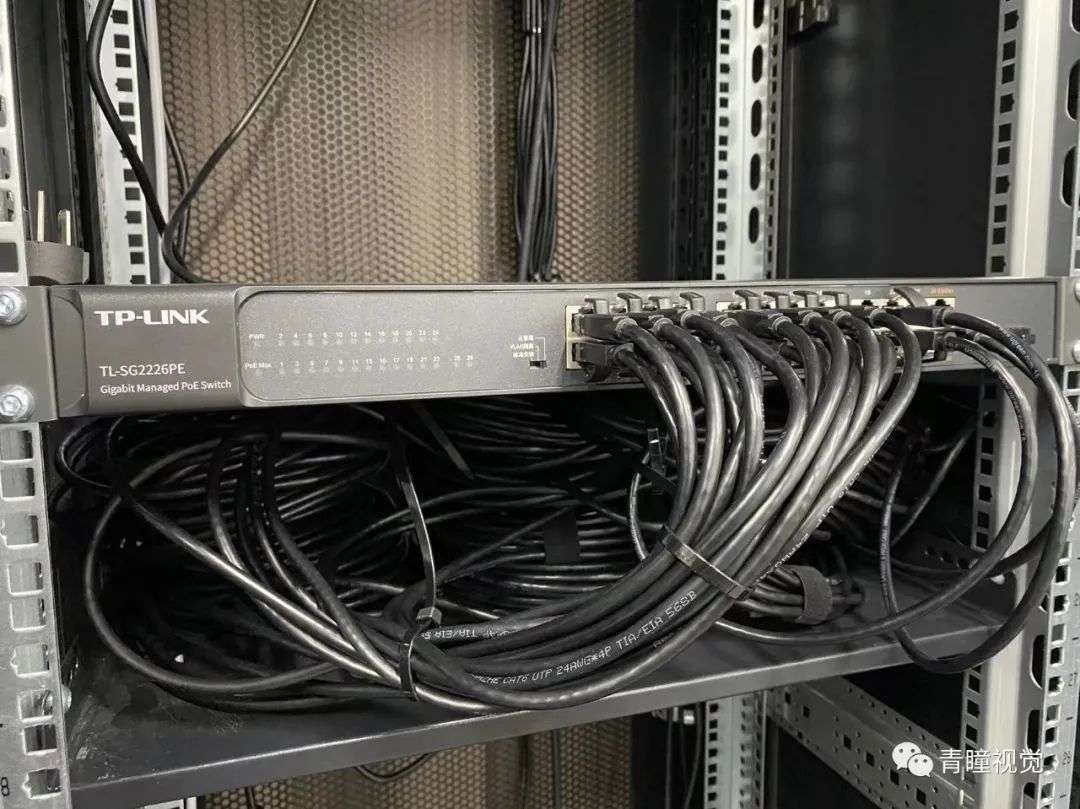
 CN / EN
CN / EN
Tips for Motion - Capture Studio Setup

Applications: Motion Capture, Construction of Motion Capture Studios, Performance of Martial Arts Scenes, Multi-person Motion Capture, XR/Virtual Shooting, Practical Training and Teaching, Simulation Bases.

For the construction and quick activation of a standardized optical motion - capture studio, the following tips usually need to be noted!
01 A Motion - Capture Site with Light - Blocking Properties
Optical motion capture works by having the motion-capture cameras emit infrared light. When the infrared light hits the reflective markers, it gets reflected back to the motion-capture cameras again, thus determining the positional information of the markers. Since the infrared light in sunlight can interfere with the infrared light emitted by the motion-capture cameras, in the tracking scene, it is necessary to avoid direct sunlight shining on the area, prevent the cameras from directly seeing the sunlight, and also pay attention to minimizing specular reflections from the ground and walls as much as possible.


It can be said that light - blocking curtains and sound - absorbing carpets are a common combination in a standardized motion - capture site.

The reason for choosing a sound - absorbing carpet is that when the motion - capture actors perform on it, the capture of the feet is less likely to have a floating - like effect due to the carpet's compression.
There is another point that is very easy to be overlooked. When calibrating the system, if there are flashlights in the tracking environment, or if there are people moving around wearing clothes or sneakers with reflective coatings, it will lead to calibration failure.


Therefore, the items that are permanently placed in the tracking environment should be non - reflective and not emit infrared light.
Having addressed the issue of light, let's now deal with the problem of visual blind spots.
02 The Problem of Visual Blind Spots
If there are obstructions such as pillars within the capture angle of the cameras, the simplest and most straightforward method is to add cameras in the blind areas of the view. Therefore, when selecting a venue, places with many or intricate obstructions like crossbeams and columns should be avoided.

Friendly reminder: Please keep the venue where the equipment is located dry and well-ventilated.
03 Setup and Installation
In a motion-capture site that is fixed for a long period of time, usually 30×30 or 40×40 plum blossom profiles are used to build fixed trusses for installing the cameras; for the medium to short term, it is recommended to use stage performance truss frames; in scenarios such as mobile testing, exhibitions, and outdoors where the usage time is not very long, usually photographic tripods are used to fix the cameras.



The cameras are uniformly fixed with the matching quick-release clamping fixtures, which are composed of a universal pan-tilt head and a powerful clamp. It's so easy to install them!
04 Network Cable Provision
For the motion - capture cameras with simultaneous power - over - Ethernet (POE) data and power transmission, CAT - 6 standard or above network cables must be used to ensure that the CMTracker motion - capture server can establish network cable - connected communication with the switch and operate the cameras normally.

The construction of the motion-capture studio is designed and installed by the technicians of Qingtong Vision. So there is no need to worry about the complexity of the process. You just need to pay attention to the selection of the venue and the precautions during use. Leave the rest to Qingtong with peace of mind!

